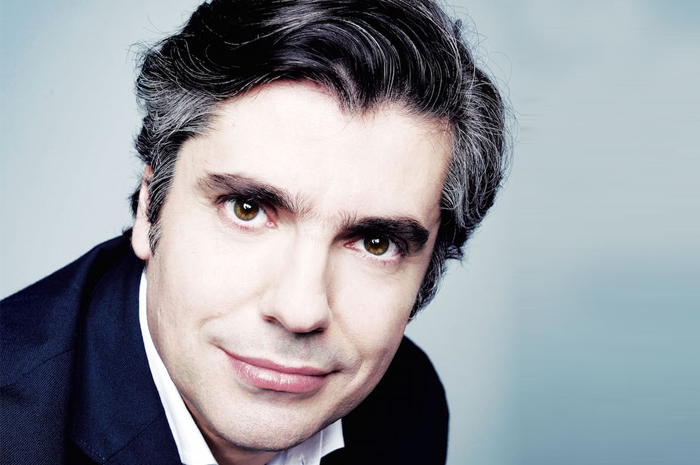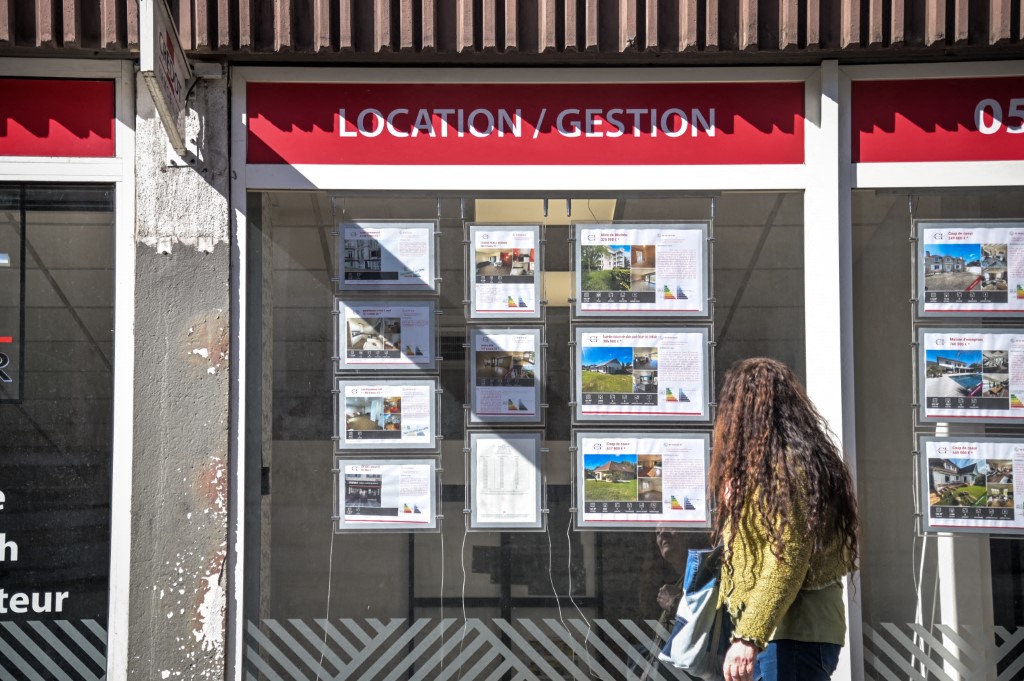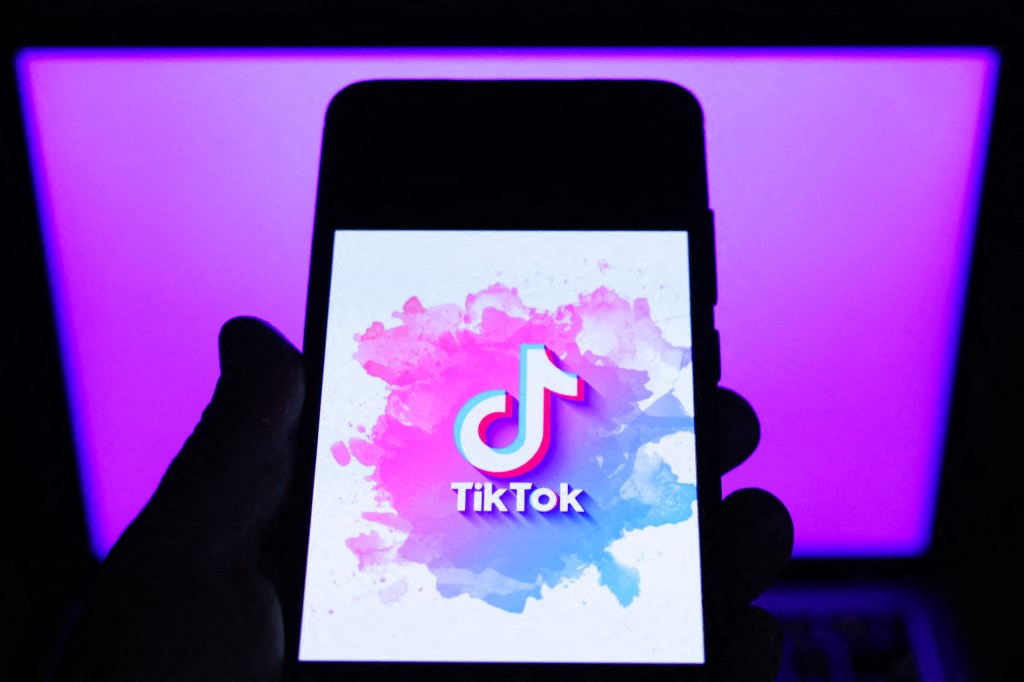FCB International’s chief creative officer made his first trip to the Kingdom of Saudi Arabia last month to speak to female students about creativity in three different universities: Jeddah School of Advertising and Dar Al Hekma University in Jeddah, as well as Al Yamamah University in Riyadh. Intrigued, we caught up with him to learn more about his thoughts on two of the region’s biggest issues – or non-issues, depending on who you ask – women in advertising and creativity in Saudi Arabia.
On his first time in KSA
Dias sums up his first trip to the Kingdom as an “education”. Other than his dislike of the airport, his trip has been pleasantly surprising. Speaking to an all-female audience at the Dar Al Hekma University, he found the response “surprisingly good” and the audience “actively engaged” – so much so that they stayed behind even after the lecture to continue the discussion. “There was an eagerness toward the subject [of advertising and creativity],” says Dias.
“One of my educations was to get in touch with some surprising facts,” such as one of the highest rates of social media usage in the world, he says. While that in itself may not be so surprising, “you have one of the most fluent populations in that [social media] space and that says a lot,” he adds. Despite the cultural difference in the Kingdom, Silva found that the students still “had the normal attitude of a student who still doesn’t have the experience of active work, but there’s a huge sense of opportunity. They were making plans, I could tell.”
On creativity in the Kingdom
“Driving around the city, I saw a lot of billboards with prices and numbers. It feels like the only argument we have and that’s really not true,” says Dias. He plays the devil’s advocate when he says that this could be indicative of a rational culture because numbers give you a rational argument, but “emotional arguments will take you to a different place.”
Is the seemingly lack of creativity a result of the restrictive nature of the Kingdom? “It [the restrictions] helps more than anything,” says Silva, because “when there are lot of rules, it’s much simpler and easier to break them a little bit so it feels creative”. As a player in the industry, Silva doesn’t feel it is fair for him to criticize the market, but he does wish that more brands and clients would embrace the opportunity for creativity in Saudi Arabia, because at the moment, “not everyone is doing it and not the right way. Everybody is expecting someone to start,” he says. However, he does note that “things are evolving and we can expect a next cycle of creativity. It’s very important that it happens because our brands, markets and consumers need it…and they deserve it.”
On the gender issue in advertising
Dias doesn’t necessarily see it as a gender issue, but he does say that “women have been running the advertising space for many years, they just haven’t been working in advertising.” He goes on to add that women are the main consumers or, at least, the decision makers, and have an influential role to play in the purchase path. “This industry is, in fact, commanded by consumers, so it is, commanded by women since its birth,” he adds.
As the role of women in society changed – or, at least, became more recognizable – this was reflected in agencies. “It feels right and very fluid; it doesn’t feel like a forced situation. They are the main consumers and so, they should be the ones who think strategically about advertising,” he says. But are they?
“That’s difficult to answer,” says Dias. He does admit that we “desperately need fair representation”.
However, he isn’t prepared to answer on behalf of the market if women do have a fair representation in advertising. He adds that Horizon FCB has an inclusive agenda and an internship program to bring more women into the industry. Yet, “we’re on the lookout for the best talent, irrespective of gender, and that’s the biggest contribution we could make to this market,” he adds.
On the negative bias
One would assume that gender equality 101 is that men and women are both given equal opportunities at every stage in their career. However, when companies start issuing an “inclusive agenda” or placing more emphasis on hiring women, does it result in men losing opportunities to accommodate more women? “That’s a tough question. For many years, I saw it as a very black-and-white situation, but it depends on the society, country and stage of development that the society is at, as well as the objectives [of the company],” says Dias.
He does admit that women are better at understanding female consumers, but that’s only one side. “So, if we are looking for a creative person, we will look for the best creative person. And many times, the fact that you’re a woman helps you be the best creative person,” he adds.
At the end of the day, Dias says he would “hire talent for the sake of talent. I wouldn’t admit that someone is pushed aside for gender. Fair representation of society is crucial for ad agencies, so, many times, the right people can be women, but it is the right people you have to look for.”
On brands adopting gender equality as a social responsibility
Today’s consumer has evolved to become better informed and, as a result, “brands have to know how to navigate through this new kind of society and being true, transparent and meaningful is the way,” explains Dias.
Therefore, in order to be more meaningful in people’s lives, “brands are becoming increasingly more responsible in their role in society and taking it more seriously,” he adds, simply because that image of a perfect family from back in the ’60s doesn’t sell and reflect the true nature of society. “And that’s because maybe, at some point, advertising took itself too seriously and we could even feel that it’s a fabricated world. The world of advertising was far away from reality,” he says.
Now, as the real world is weaning itself into advertising – and vice-versa – “brands use social agenda as a new way to engage with consumers, to discover a new role in people’s lives that’s meaningful and relevant,” adds Dias.
However, is it really the responsibility of brands or it just an advertising strategy? Dias explains that it is an advertising strategy, but that doesn’t mean it’s a bad thing. Today, the ultimate goal for a brand is to add value – to its consumers and to its company – and this requires playing new roles that have a certain significance and relevance. If, in the process of doing so, brands have to include a social agenda in their strategy, [all the better]. Simply put, “The new strategy is to include social responsibility within the scope of responsibility of a brand and a company,” says Dias.
Normal
0
false
false
false
EN-US
JA
X-NONE
/* Style Definitions */
table.MsoNormalTable
{mso-style-name:”Table Normal”;
mso-tstyle-rowband-size:0;
mso-tstyle-colband-size:0;
mso-style-noshow:yes;
mso-style-priority:99;
mso-style-parent:””;
mso-padding-alt:0in 5.4pt 0in 5.4pt;
mso-para-margin:0in;
mso-para-margin-bottom:.0001pt;
mso-pagination:widow-orphan;
font-size:12.0pt;
font-family:Cambria;
mso-ascii-font-family:Cambria;
mso-ascii-theme-font:minor-latin;
mso-hansi-font-family:Cambria;
mso-hansi-theme-font:minor-latin;}
FCB International’s chief creative officer made his first trip to the Kingdom of Saudi Arabia last month to speak to female students about creativity in three different universities: Jeddah School of Advertising and Dar Al Hekma University in Jeddah, as well as Al Yamamah University in Riyadh. Intrigued, we caught up with him to learn more about his thoughts on two of the region’s biggest issues – or non-issues, depending on who you ask – women in advertising and creativity in Saudi Arabia.
On his first time in KSA. Dias sums up his first trip to the Kingdom as an “education”. Other than his dislike of the airport, his trip has been pleasantly surprising. Speaking to an all-female audience at the Dar Al Hekma University, he found the response “surprisingly good” and the audience “actively engaged” – so much so that they stayed behind even after the lecture to continue the discussion. “There was an eagerness toward the subject [of advertising and creativity],” says Dias.
“One of my educations was to get in touch with some surprising facts,” such as one of the highest rates of social media usage in the world, he says. While that in itself may not be so surprising, “you have one of the most fluent populations in that [social media] space and that says a lot,” he adds. Despite the cultural difference in the Kingdom, Silva found that the students still “had the normal attitude of a student who still doesn’t have the experience of active work, but there’s a huge sense of opportunity. They were making plans, I could tell.”
On creativity in the Kingdom. “Driving around the city, I saw a lot of billboards with prices and numbers. It feels like the only argument we have and that’s really not true,” says Dias. He plays the devil’s advocate when he says that this could be indicative of a rational culture because numbers give you a rational argument, but “emotional arguments will take you to a different place.”
Is the seemingly lack of creativity a result of the restrictive nature of the Kingdom? “It [the restrictions] helps more than anything,” says Silva, because “when there are lot of rules, it’s much simpler and easier to break them a little bit so it feels creative”. As a player in the industry, Silva doesn’t feel it is fair for him to criticize the market, but he does wish that more brands and clients would embrace the opportunity for creativity in Saudi Arabia, because at the moment, “not everyone is doing it and not the right way. Everybody is expecting someone to start,” he says. However, he does note that “things are evolving and we can expect a next cycle of creativity. It’s very important that it happens because our brands, markets and consumers need it…and they deserve it.”
On the gender issue in advertising. Dias doesn’t necessarily see it as a gender issue, but he does say that “women have been running the advertising space for many years, they just haven’t been working in advertising.” He goes on to add that women are the main consumers or, at least, the decision makers, and have an influential role to play in the purchase path. “This industry is, in fact, commanded by consumers, so it is, commanded by women since its birth,” he adds.
As the role of women in society changed – or, at least, became more recognizable – this was reflected in agencies. “It feels right and very fluid; it doesn’t feel like a forced situation. They are the main consumers and so, they should be the ones who think strategically about advertising,” he says. But are they?
“That’s difficult to answer,” says Dias. He does admit that we “desperately need fair representation”.
However, he isn’t prepared to answer on behalf of the market if women do have a fair representation in advertising. He adds that Horizon FCB has an inclusive agenda and an internship program to bring more women into the industry. Yet, “we’re on the lookout for the best talent, irrespective of gender, and that’s the biggest contribution we could make to this market,” he adds.
On the negative bias. One would assume that gender equality 101 is that men and women are both given equal opportunities at every stage in their career. However, when companies start issuing an “inclusive agenda” or placing more emphasis on hiring women, does it result in men losing opportunities to accommodate more women? “That’s a tough question.
For many years, I saw it as a very black-and-white situation, but it depends on the society, country and stage of development that the society is at, as well as the objectives [of the company],” says Dias.
He does admit that women are better at understanding female consumers, but that’s only one side. “So, if we are looking for a creative person, we will look for the best creative person. And many times, the fact that you’re a woman helps you be the best creative person,” he adds.
At the end of the day, Dias says he would “hire talent for the sake of talent. I wouldn’t admit that someone is pushed aside for gender. Fair representation of society is crucial for ad agencies, so, many times, the right people can be women, but it is the right people you have to look for.”
On brands adopting gender equality as a social responsibility. Today’s consumer has evolved to become better informed and, as a result, “brands have to know how to navigate through this new kind of society and being true, transparent and meaningful is the way,” explains Dias.
Therefore, in order to be more meaningful in people’s lives, “brands are becoming increasingly more responsible in their role in society and taking it more seriously,” he adds, simply because that image of a perfect family from back in the ’60s doesn’t sell and reflect the true nature of society. “And that’s because maybe, at some point, advertising took itself too seriously and we could even feel that it’s a fabricated world. The world of advertising was far away from reality,” he says.
Now, as the real world is weaning itself into advertising – and vice-versa – “brands use social agenda as a new way to engage with consumers, to discover a new role in people’s lives that’s meaningful and relevant,” adds Dias.
However, is it really the responsibility of brands or it just an advertising strategy? Dias explains that it is an advertising strategy, but that doesn’t mean it’s a bad thing. Today, the ultimate goal for a brand is to add value – to its consumers and to its company – and this requires playing new roles that have a certain significance and relevance. If, in the process of doing so, brands have to include a social agenda in their strategy, [all the better]. Simply put, “The new strategy is to include social responsibility within the scope of responsibility of a brand and a company,” says Dias.





